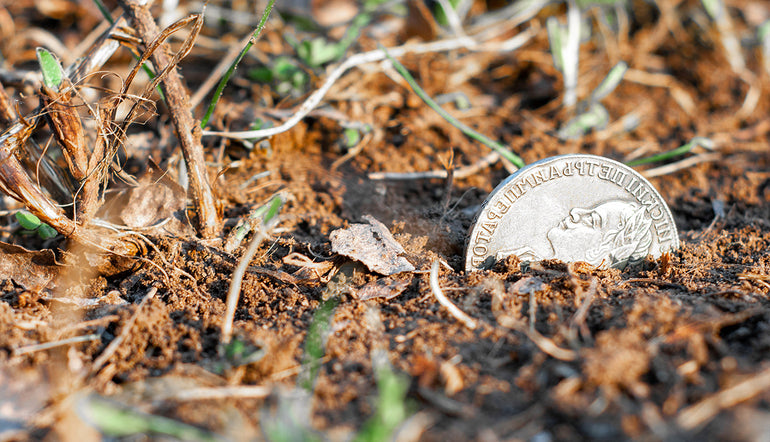Silver is one of the most popular materials around today, it is used in everything from silver jewellery and cutlery to mirrors and dental, the uses are truly endless! But where did it all begin? We’re going to be discussing all things silver and where and when it was discovered.
It all started about 5,000 years ago in a small town in Anatolia, which is now known as modern-day Turkey where the precious metal helped early civilisations to flourish. It was discovered after gold and copper and initially was used for currency and in jewellery. Silver was so desired partly because of its white, shiny lustre, but also its chemical properties. Not only was silver beautiful but it was non-corrosive and could be easily worked with.

Fast forward about 1,200 years and the centre of the silver production shifts to Greece’s Laurium mines. Silver was the pinnacle in the development of the growing empire and provided currency for Ancient Athens. By approximately 100BC, the silver industry had shifted again, but this time to Spain, and they were a main supplier for the Roman Empire.
The most monumental event in silver history reshaped the face of silver and the world altogether for years to come. In 1492, European conquerors discovered white metal in the Americas following Columbus’ landing in the New World.
During the Spanish conquest of the Americas, silver mining rapidly expanded and eclipsed anything before this time, in fact, between 1500 and 1800 Bolivia, Peru and Mexico accounted for over 85 per cent of the world silver production and supported Spanish influence in the New World and - well, everywhere else too.

With no surprise, silver mining quickly spread across the globe to other countries that wanted a taste of sweet, shiny silver and by the 1870s production was growing from 40 to 80 million ounces annually; there was no slowing its worldwide takeover.
Silver discoveries in Australia, Central America and Europe contributed to the rapidly growing silver market and a twenty-year period saw a 50% increase in global silver production. By this time, the world was becoming insanely saturated with silver with now over 190 million ounces sourced annually. Countries that notably contributed to this increase were Canada, the US, Africa, Japan and many other places too.

While it seemed everyone was on a silver craze, the world was evolving rapidly and new mining technologies such as steam-assisted drilling, mine dewatering and improved haulage enhanced current methods and again, increased the amount of silver being produced. Not only this, but these technologies opened doors for new methods of separating silver, which meant that more of it could be handled at once. These technological advances were critical in the silver mining industry and skyrocketed production to a whole new level.
Looking back 5,000 years to ancient civilians who mined silver in minuscule amounts, our current silver production is astronomically huge. In 2019, silver production had nearly hit 800 million ounces per year and its demand only increases every year.



